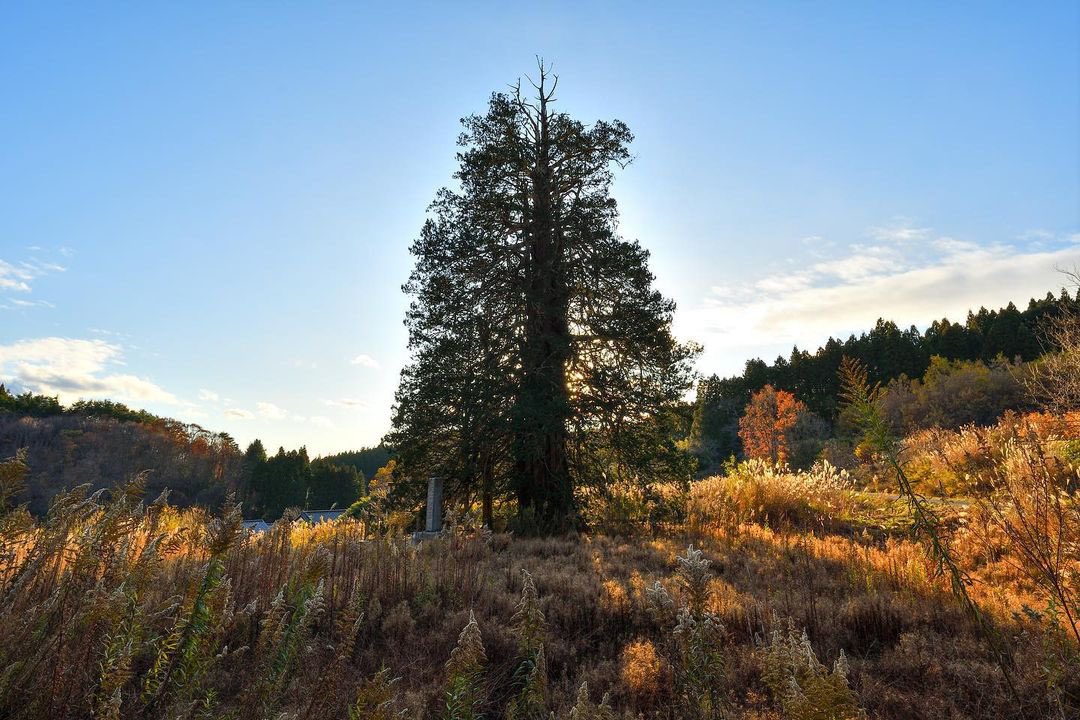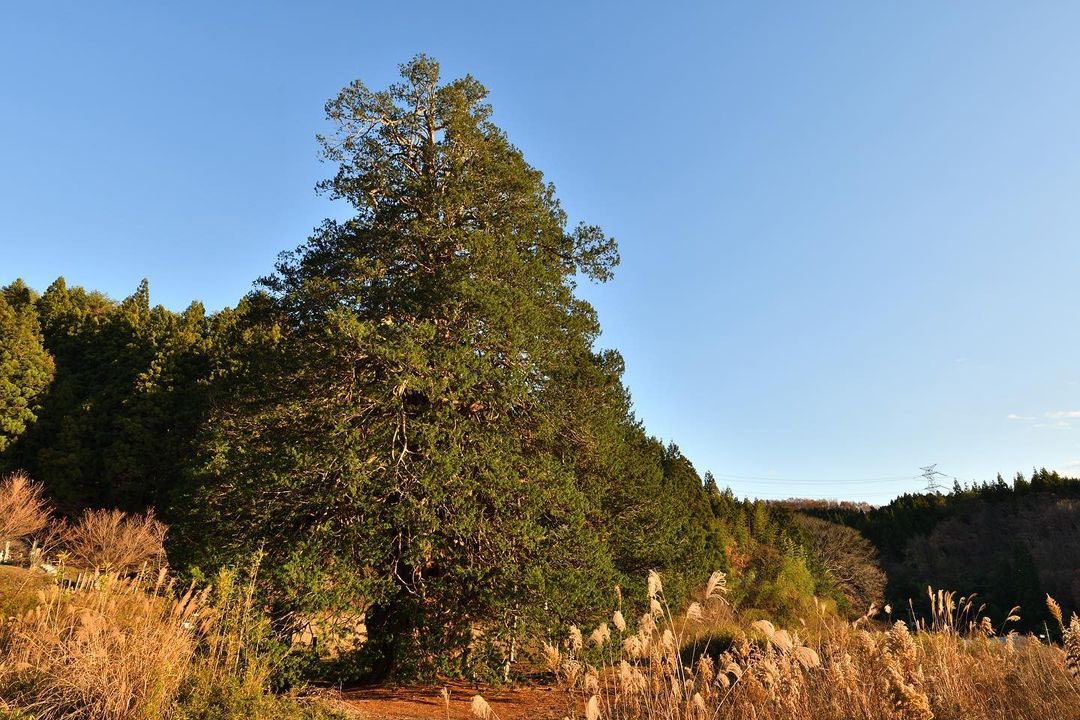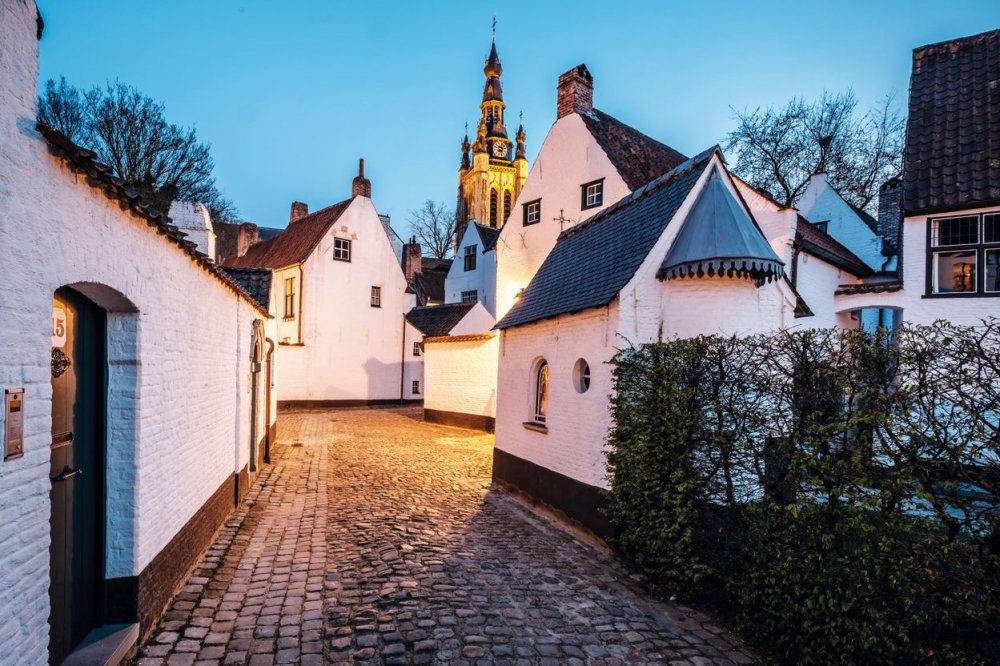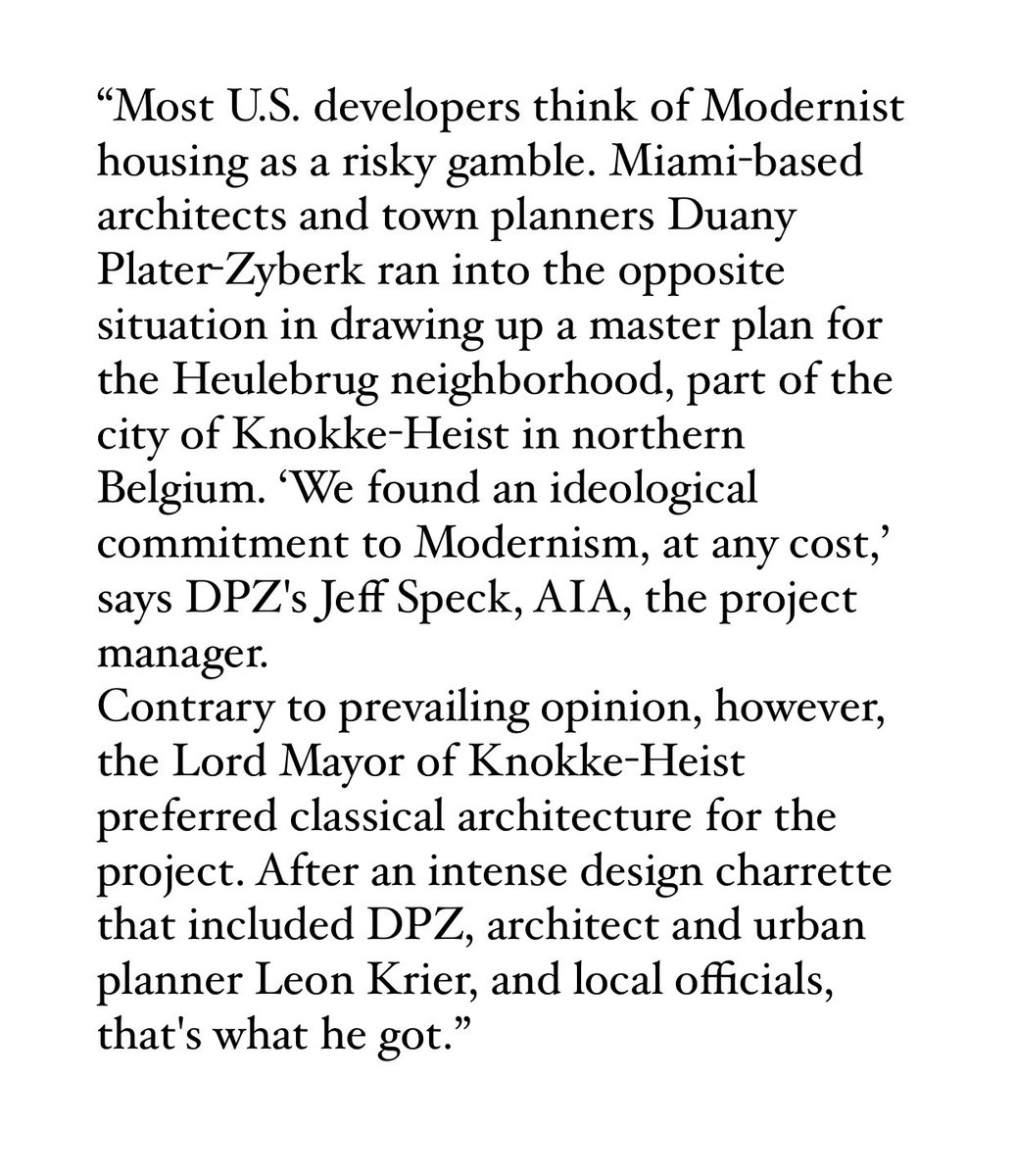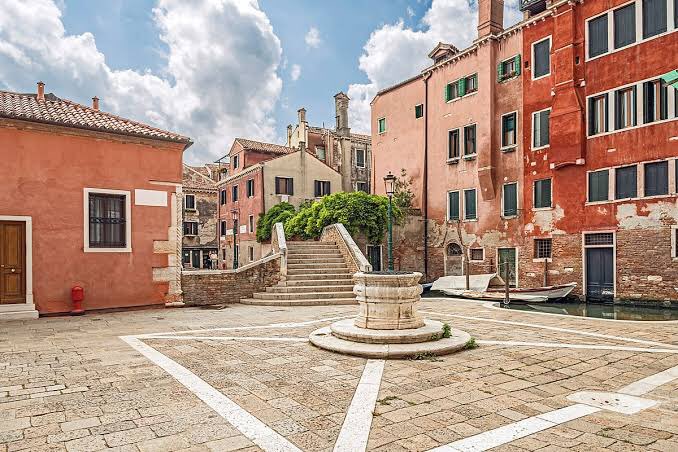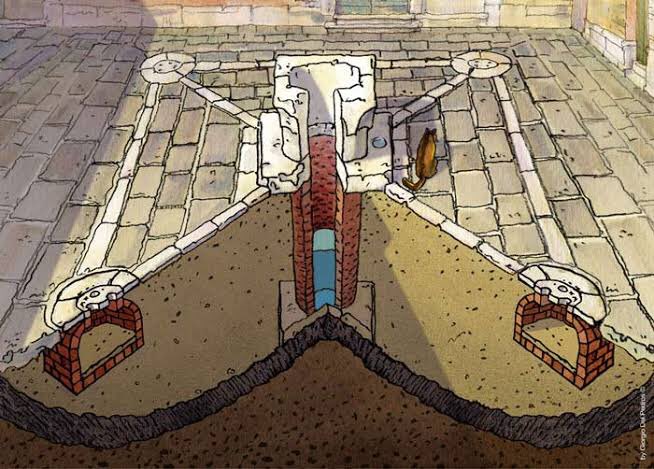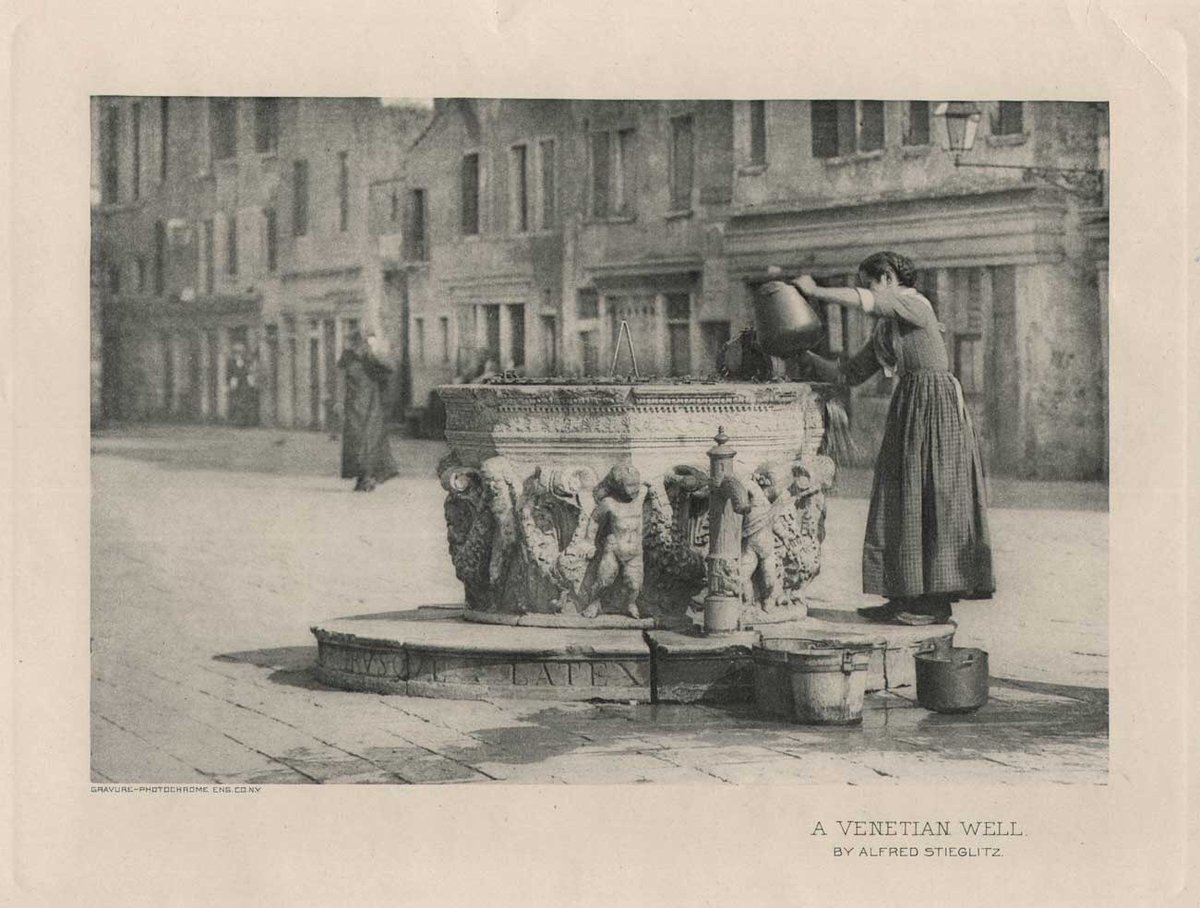
Whenever I talk about how much space our cities dedicate to parking I get upset replies and DMs. People usually have no idea how much space parking uses. Here's downtown Montpelier state capital of Vermont, with a bit over average surface parking for a North American city: 65%! 



What went through their heads when they decided that using 65% of downtown for daytime car storage was a sensible use of resources? Imagine how much land all the other car infrastructure occupies, and how much of the budget is spent on maintaining it! The lives wasted commuting! 

Montpelier could just give the parking lots away to the commuters (about 14,000) and ask them to build charming little townhouses, walkable streets, shops and courtyards and pocket parks, and finance it by the budget savings on infrastructure spending alone. With room to spare! 



Since 80% of the population of Vermont live within 1 mile (!) of a train station (which is walkable in most weathers) the easy solution would be to allocate resources from parking and cars to trains and walking. It would be cheaper, more efficient, and better for the environment. 

• • •
Missing some Tweet in this thread? You can try to
force a refresh















